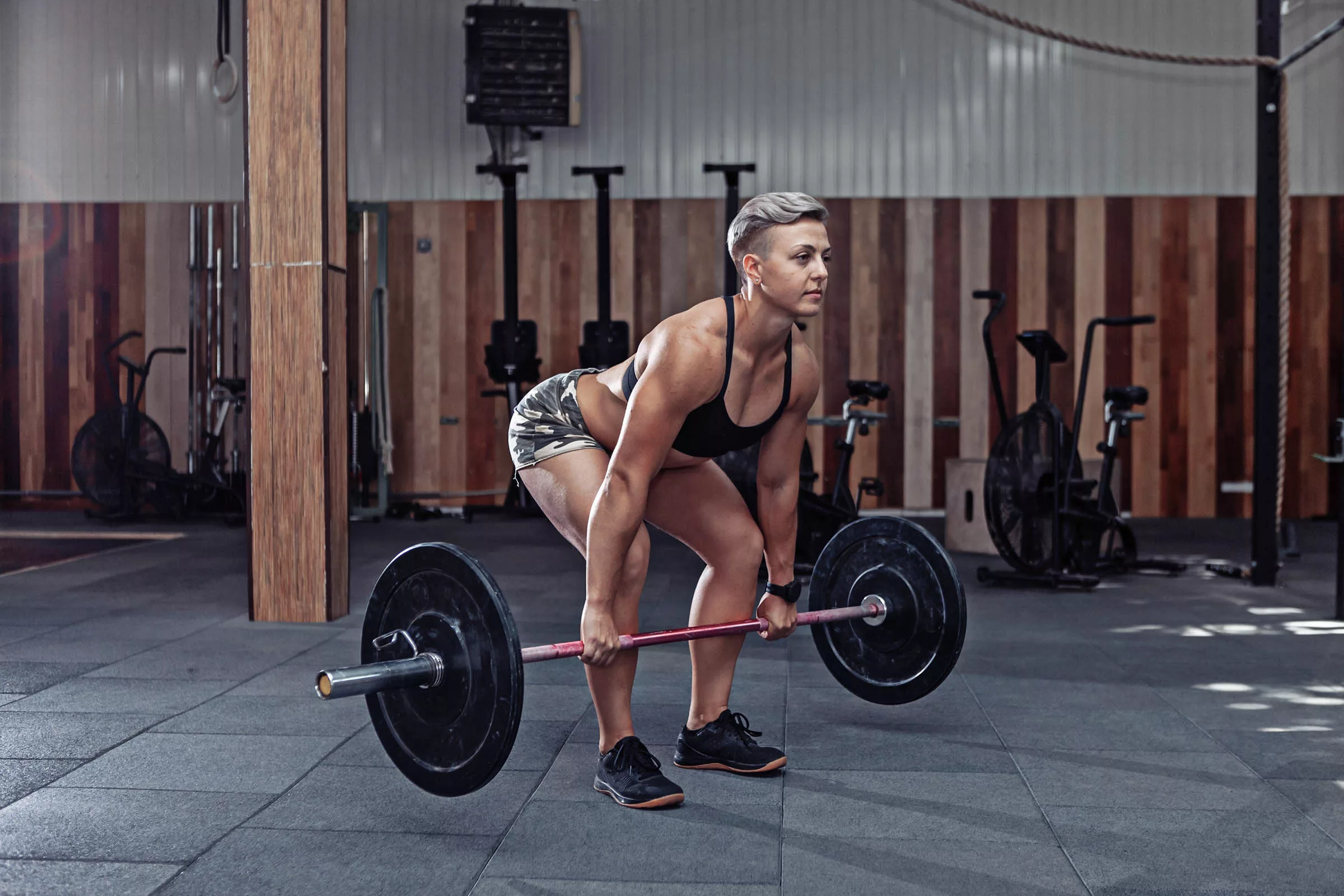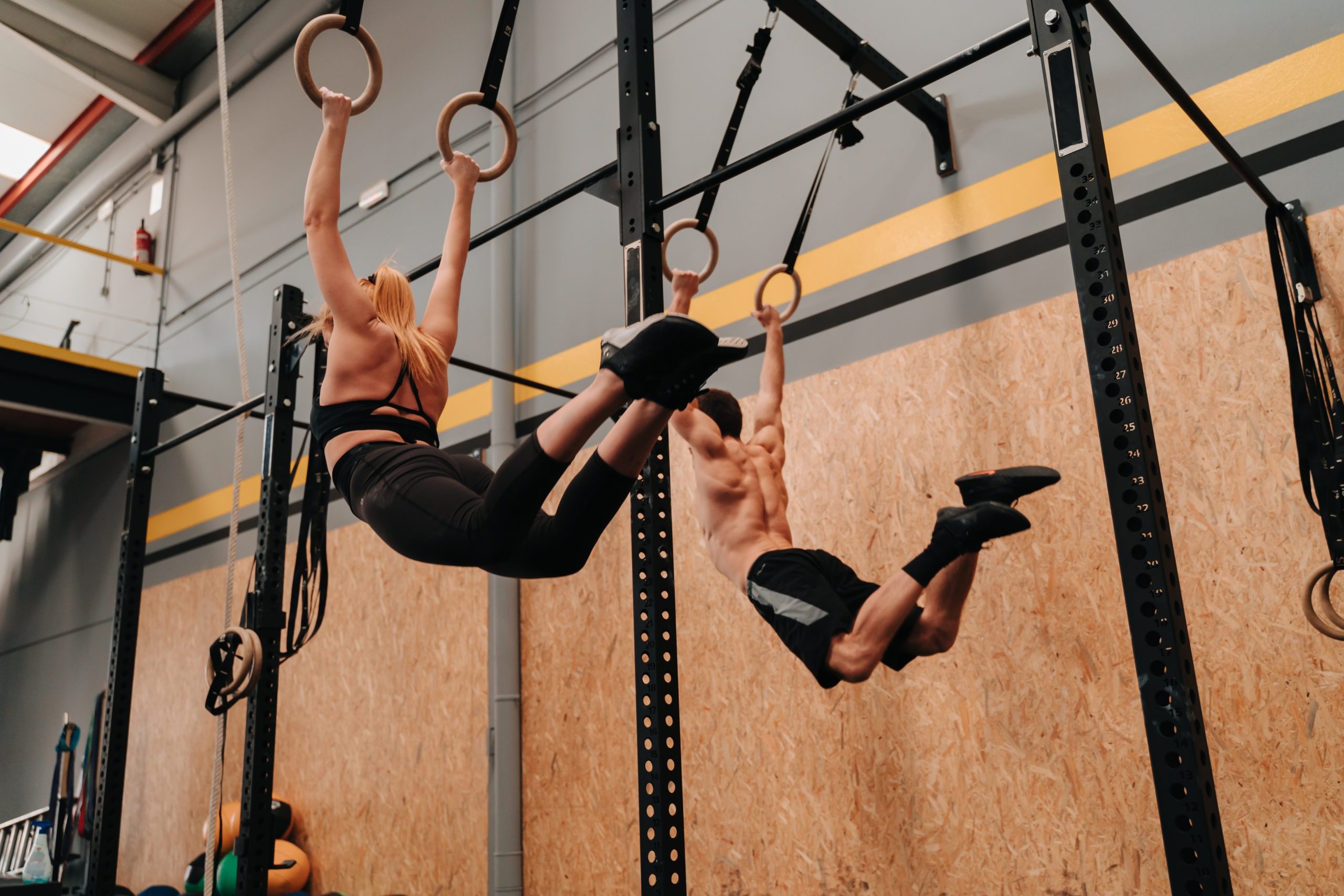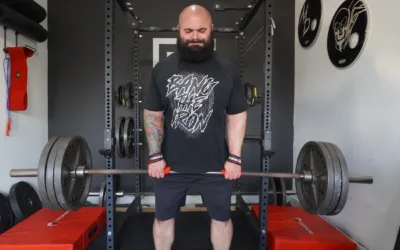Progressive Overload Training Part II

In our first blog, A Newbie’s Guide to Progressive Overload, we explored the idea that making gains as an athlete takes some strategy. One of the easiest methods is called progressive overload.
Anthony Cuevas is an NCSF Certified PT based out of New York with six years of experience as a personal trainer. In this blog, he goes deeper into the concepts and programming methodology of progressive overload, even sharing his own squat/bench/deadlift numbers!


Change the Way You Train
It’s Time to Program Like a Pro
Progressive overload is a form of S&C programming that increases in difficulty (weight, volume, time domain, or intensity) over time to help build muscle, set new strength numbers, boost your cardiovascular endurance or improve any other aspect of your athletic training.
Let’s say your max squat is 245lbs and you’re looking to get 265lbs in a six-month period. You need to go through a progressive overload of increasing your 1RM by 2.5 to 5lbs a month to get to that 265lb max squat after six months. How do you go about it? Where do you start?
Progressive Overload & Skill Level
There’s something to be said for how long you’ve been training and how many overall reps you’ve got under your belt. Beginners should definitely focus on getting their form down under the eyes of a knowledgeable coach before obsessing over hitting new PRs.
One common mistake I see with newer lifters is that they often just go for a 1-rep max when they “feel good” without having the right strength foundations. That can lead to quick metabolic burnout and injuries.
Intermediate lifters can also benefit from hiring a trainer to help create a program that focuses on increasing their strength and tweaking their form. Even more experienced lifters go through plateau periods due to poor form or fatigue. A progressive overload approach can pull you out of those plateaus and reignite your training flame.
My Numbers
As an experienced lifter of 10+ years and a personal trainer of 8 years, I’ve been through just about every form of training there is. Progressive overload has helped me build big numbers on all three of the main compound lifts and gotten me into the 1,000 lb total club in just one year.
My 1RMs: Dec 2021
Squat: 290 lbs
Deadlift: 405 lbs
Bench: 215 lbs
Total: 910 lbs
My 1RMs: Dec 2022
Squat: 315 lbs
Deadlift: 451 lbs
Bench: 236 lbs
Total: 1002 lbs


How to Program Progressive Overload for Strength Work
First, keep this in mind: stop thinking short term gains and start thinking from a long term viewpoint. If you go the ego-centric “lift as much weight as you can every other day” route, your body and brain can’t keep up. You’ll suffer with poor form and higher chance of injury.
Using progressive overload to add to your 1RM squat, bench, or deadlift means looking at your training in 4-6 week chunks. Start lower than you think you should, then every 4-6 weeks, add 2.5-5 lbs to the movement you’re training. It sounds slow, but in reality, it adds up.
Think of your goals in 3, 6 or 12-month windows. You’ll need to consider where to program a 3 rep max week, deloads (after a couple weeks of high intensity), or 1 rep max week on a month-by-month basis.
This doesn’t mean everything will be perfect — you still might go through times of mental burnout and rough training days. If you miss a week, or the load is too aggressive based on your stress levels, back it off for a couple sessions, then pick up again on the next one. Taking a more methodical approach to your training prevents injuries and allows your body to adapt to your new levels of greatness.
Here’s a sample of one week of work four months apart to show my squat progress.
August 20, 2022
Working Sets
1×3 220 lbs
1×3 243 lbs
3×3 265 lbs
Top Sets
1×1 275 lbs
2×1 295 lbs
Nov 15, 2022
Working Sets
1×6 220 lbs
1×4 243 lbs
4×4 265 lbs
2×3 276 lbs
Top Sets
1×1 287 lbs
1×1 298 lbs
1×1 308 lbs
1×1 315 lbs
In a four month span, I was able to add volume and improve my 1RM squat by 20 lbs along with improving my working sets slowly and surely. On average, my squat 1RM went up 5 lbs a month.
Your numbers will look different, but this form of training is only the start of you seeing long term results.
While it’s not the ultimate solution to hitting your goals (because nothing ever is), PO is an efficient way to attack those goals in a way that makes sense for human physiology. Along with proper recovery, nutrition and sleep, you’re basically guaranteed to see gains if you program PO for yourself.
I believe progressive overload is a form of training everyone should try at some point, whether you’re novice or experienced. It’s a great base for a novice lifter looking for their first structured program or an experienced lifter looking to work past a plateau and build consistency.
But remember: any program, no matter the style, will not be effective unless you also do the maintenance things outside of the weight room. Dial in your nutrition based on your goals, take adequate rest days and get 7-9 hours of sleep consistently to make the most lasting gains!


Want Training Tips, Exercise Guides & Knowledge Bombs Sent to Your Inbox?
Sign up for the FitNerd newsletter from TrainHeroic
Related articles
Branding for Strength Coaches Part 2: Getting Started in the TrainHeroic Marketplace
When it comes to selling your programs as a strength coach, standing out is key. A well-crafted profile on the TrainHeroic marketplace not only helps potential clients find you but also establishes trust and shows off your uniqueness. In Part 1 of this series, we...
Winter Warfare: How to Bulk Up This Season
It’s that time of the year to wreak havoc and prepare for a massive winter bulk! But wait, what is a winter bulk? What does it take, and how do we achieve it? Joseph Lucero (CSCS), owner of Harvesting Strength, is a powerlifter and strongman coach with years of...
8 of the Best Hamstring Exercises for Meaty Legs
Your hamstrings are not just for decoration or making yoga feel impossible. They’re essential for basically any athletic movement involving your legs—jumping, running, lunging, squatting, and picking up weight. Add these eight killer hamstring exercises into your...


Join the community
Sign up for the latest training news and updates from TrainHeroic


About TrainHeroic
Support
Made with love, sweat, protein isolate and hard work in Denver, CO
© 2022 TrainHeroic, Inc. All rights reserved.





